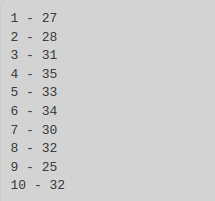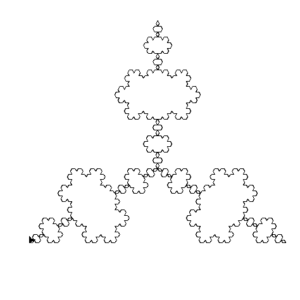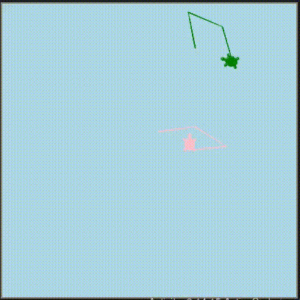Last Updated on February 12, 2024
So this lesson only had 4 exercises (from what I could see, anyway), but for some reason they start at 16.
At any rate, this lesson was about modules. math and random were at the focus of the lesson and its exercises.
Problem 16
Use a
forstatement to print 10 random numbers.
My Code
# Runestone.Academy thinkcspy course
# Chapter 5
# Problem 16
import random
for i in range(10):
prob = random.random()
print(i+1, '-', prob)
Result

Result from the first run of this script
Problem 17
Repeat the above exercise but this time print 10 random numbers between 25 and 35, inclusive.
My Code
# Runestone.Academy thinkcspy course
# Chapter 5
# Problem 17
import random
for i in range(10):
prob = random.randrange(25, 36)
print(i+1, '-', prob)
Result

Result from the first run of this script
Problem 18
The Pythagorean Theorem tells us that the length of the hypotenuse of a right triangle is related to the lengths of the other two sides. Look through the
mathmodule and see if you can find a function that will compute this relationship for you. Once you find it, write a short program to try it out.
My Code
# Runestone.Academy thinkcspy course
# Chapter 5
# Problem 18
import math
a = float(input('What is the length of the first side of the triangle?'))
b = float(input('What is the length of the second side of the triangle?'))
c = math.sqrt(a*a + b*b)
print('The hypotenuse of this triangle with is', c, '.')
Result

The numbers used to get this result were 12 and 12.
Problem 19
Search on the internet for a way to calculate an approximation for pi. There are many that use simple arithmetic. Write a program to compute the approximation and then print that value as well as the value of
math.pifrom the math module.
My Code
# Runestone.Academy thinkcspy course
# Chapter 5
# Problem 19
import math
c = float(input("Today we are going to calculate pi from the dimensions of a circle. What is the circumference of your circle?"))
d = float(input("And what is the diameter of your circle?"))
zpi = c/d
print("The approximate value of pi from the dimensions provided is", zpi)
print("The actual (also technically approximate) value of pi is", math.pi)
Result

The numbers were 22.2817 for the diameter and 70 for the circumference. The numbers were generated on this site.



